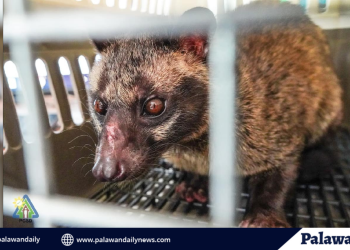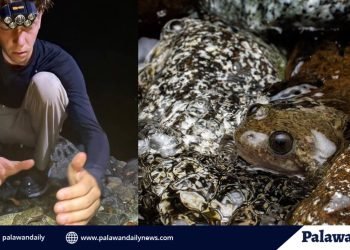In a pioneering effort to enhance conservation research, the Tubbataha Reefs Natural Park and World Heritage Site successfully fitted 11 Greater Crested Terns with satellite tags on May 5, 2025. This marks the first time in the Philippines that satellite tags have been used on seabirds for research purposes.
The initiative, a collaboration between the Tubbataha Reefs management, the Foundation for the Philippine Environment (FPE), and the World Wide Fund for Nature-Philippines (WWF-Philippines), was supported by Metro Pacific Investments, Inc. and Saguda Palawan, Inc. The project aims to improve scientific understanding of seabird behavior, migration, and life cycles to support better conservation strategies.
The satellite tags were carefully fitted under controlled conditions to ensure the safety of the birds. These terns are integral to the Tubbataha ecosystem, and their movements will now be tracked to study their migration patterns and feeding habits.
The satellite tags will provide real-time data, offering valuable insights into the terns’ journeys and interactions with their environment. This data is expected to inform future conservation efforts to protect the species from threats such as habitat loss, climate change, and overfishing.
The Tubbataha Reefs, located in the Sulu Sea, are known for their rich biodiversity and pristine coral ecosystems, but they are increasingly threatened by environmental pressures. The deployment of satellite tags is a critical step toward better understanding the seabird population and the overall health of marine ecosystems in the region.























